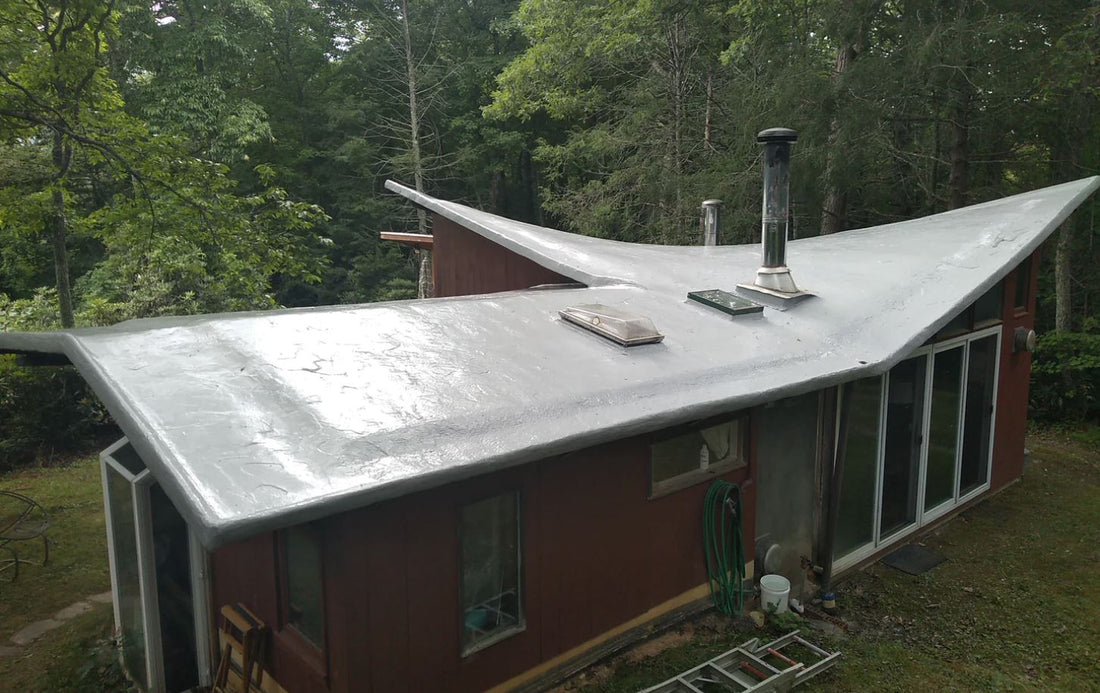In their relatively short time on the U.S. market, silicone roof coatings have had a large impact. But potential customers who aren’t familiar with our young company’s products see them on our website or elsewhere and often comment, “What’s The Difference Between Top Coat and Heavy Duty Silicone?” This blog will answer that question.
Similarities
Before exploring the differences, we must acknowledge their similarities.

Our Top Coat and Heavy Duty coatings are alike in that they are made in the USA at our southern Indiana manufacturing facility and are 100% high-solids silicone.
High-solids simply means that more of the material you apply on your project will still be there when the material is cured. Many coatings from other providers are low-solids. That means much of their coating will "flash off" during the curing process. These other coatings claim they cover more square feet in a single gallon, but the coating cures thinner and will require multiple coats.
Additionally, because it’s 100% silicone, our coatings will stand up to ponding water, UV rays, and the elements.
Differences
When you begin a roof project, prep work is often needed on loose seams, penetrations like roof vents or chimneys, or flashings. Those areas are where most roof leaks start, so they should get extra care. Our Heavy Duty Silicone is much thicker than Top Coat. In fact, it’s more similar to a caulk than a roof coating. It can be applied via trowel, putty knife, or brush on seams and around penetrations and flashings. Heavy-Duty Silicone can even be applied on vertical surfaces or the underside of horizontal surfaces without dripping or sagging.

Once your roof is prepped with Heavy Duty Silicone, you are ready to move on to Top Coat Silicone. This product is designed to coat your entire roof. Top Coat Silicone, which is less thick than Heavy Duty Silicone, is designed to be rolled or brushed directly onto your existing roof. It can restore nearly any rooftop in a single application, saving you time and money.
Our top coat coatings can cure in one to four hours under normal weather conditions and are tack-free in one to two hours.
In most residential roof situations, our silicone will adhere to the existing substrate without needing a primer. For some RV and camper roofs, however, we highly recommend using our Adhesion Promoter primer before putting down silicone to boost the adhesion.
Conclusion

With this information, you are now better prepared to take on your next project.
Our Top Coat and Heavy Duty coatings are alike in important ways, such as being 100% high-solids silicone. Their differences, however, allow each to excel in different tasks.
Thanks for reading.
If you have any questions about Countryman Coatings, please reach out to us here.

